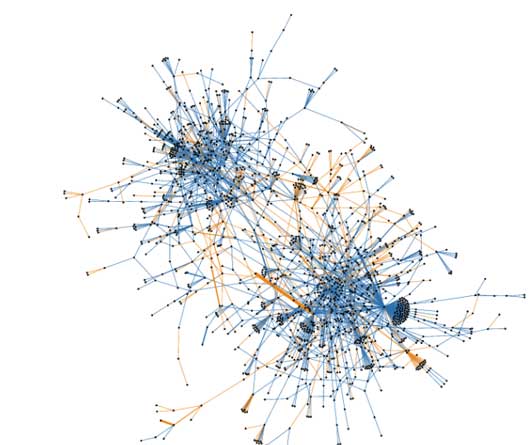
npr | The tomato is the vegetable (or fruit,
if you must) that we love to hate. We know how good it can be and how
bad it usually is. And everybody just wants to know: How did it get that way?
Today, scientists revealed a small but intriguing chapter in that story: a genetic mutation that seemed like a real improvement in the tomato's quality, but which actually undermined its taste.
Before we get to the mutation, though, let's start with the old tomatoes — the varieties that people grew a century or more ago.
Thanks to enthusiastic seed savers and heirloom tomato enthusiasts, you can still find many of them. Eric Rice, owner of Country Pleasures Farm near Middletown, Md., first encountered heirloom tomatoes when he was a graduate student in North Carolina.
"I decided I really liked them," he says. He liked the vivid taste and the unusual colors, from orange to purple. These tomatoes also have great names: Cherokee Purple, Dr. Wyche's, Mortgage Lifter.
Rice now grows these tomatoes to sell at a farmers market in Washington, D.C. But he admits that all that tomato personality can make heirlooms harder to grow and sell. "Heirloom tomatoes don't ship very well because they're softer. And frankly, they're all different shapes and sizes." This makes them more difficult to pack.
There's something else you'll notice as these tomatoes start to get ripe — something central to this story. The part of the tomato near the stem — what's called the shoulder of the fruit — stays green longer.
"I think it is an issue for the consumer," says Rice, "because people do buy with their eyes. And green shoulders also mean it's not entirely ripe or not as soft and tasty there."
Those green shoulders turn out to be more significant than you might think. In this week's issue of the journal Science, scientists report that when they disappeared from modern tomatoes, some of the tomato's taste went with them.
Here's how. Sometime before 1930, somewhere in America, a tomato grower noticed a plant that was producing distinctive fruit. These fruit turned red from stem to tip in a uniform way. They didn't have any of those bothersome green shoulders.
It was a new mutation, and plant breeders saw it as the next big thing.
They called it the "uniform ripening" trait. In 1930, the agricultural experiment station in Fargo, N.D., released a new tomato variety containing this mutation. The variety was called All Red.


















